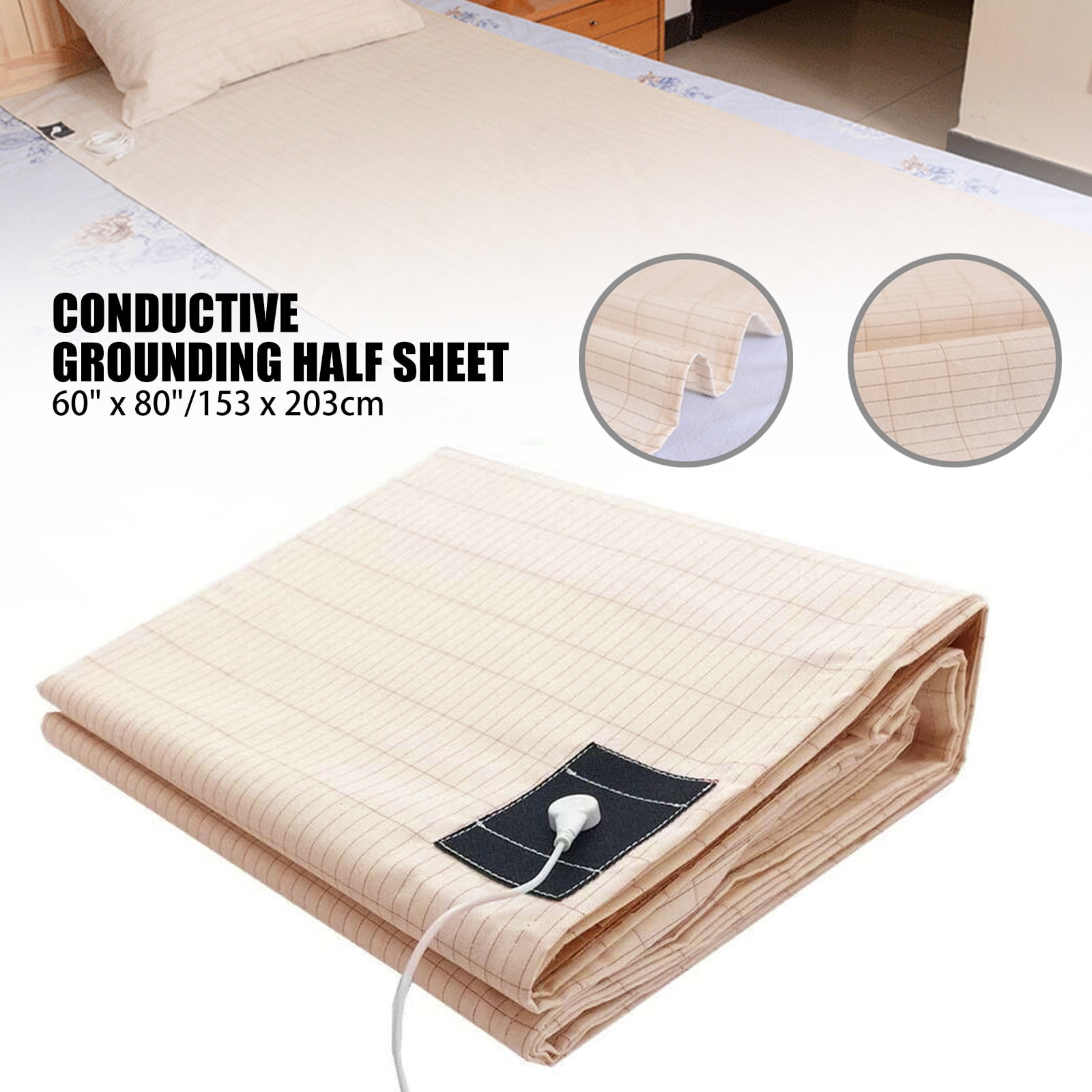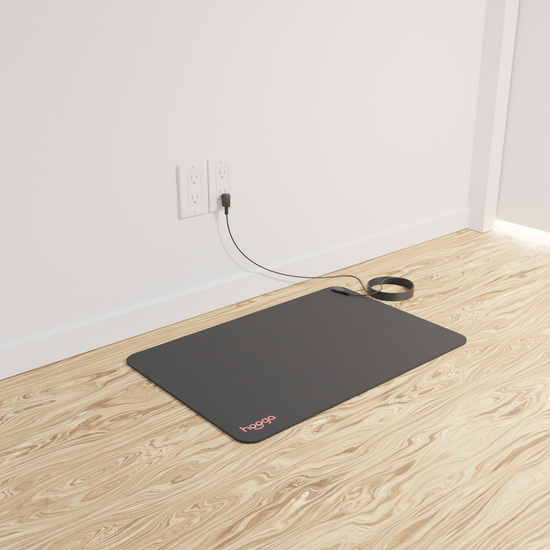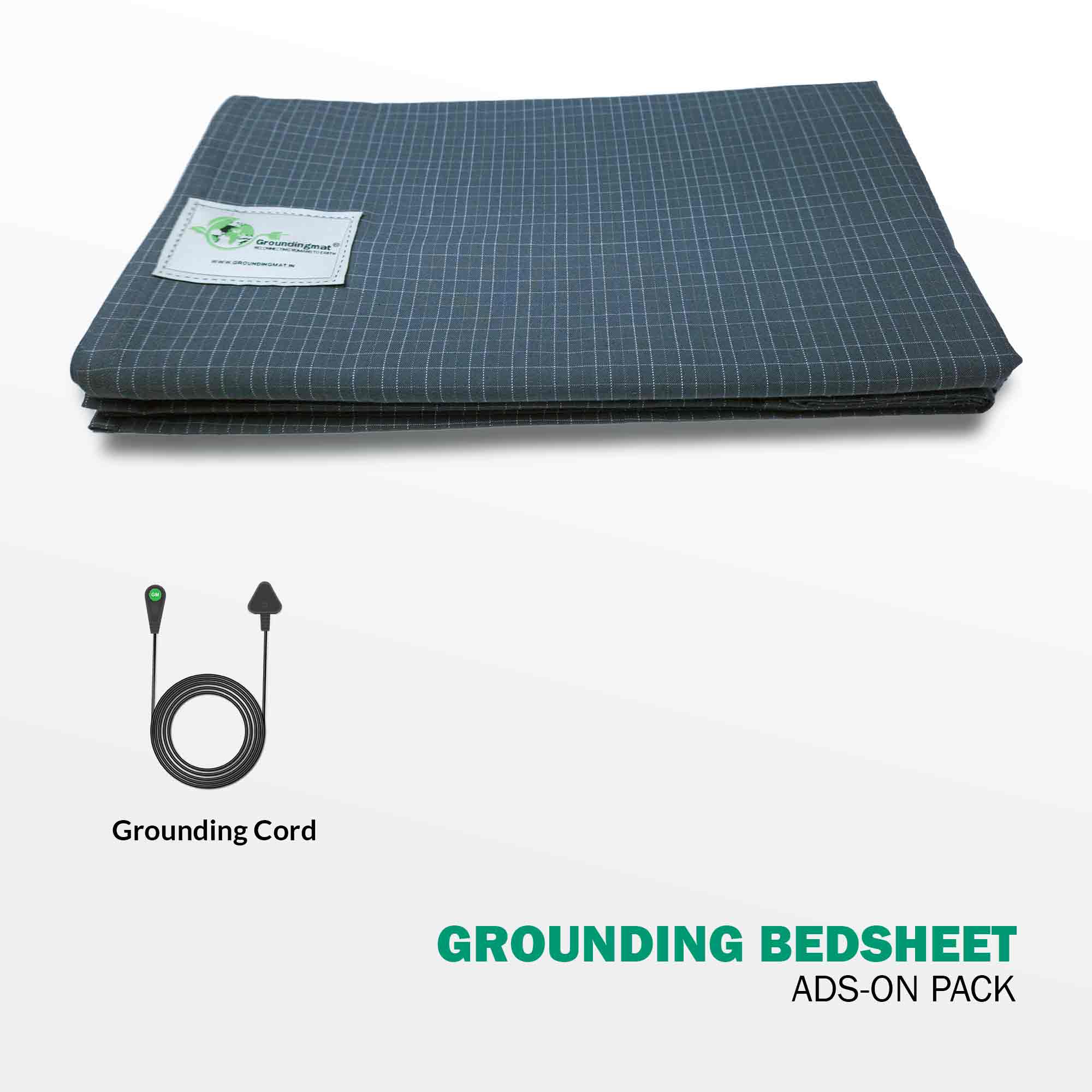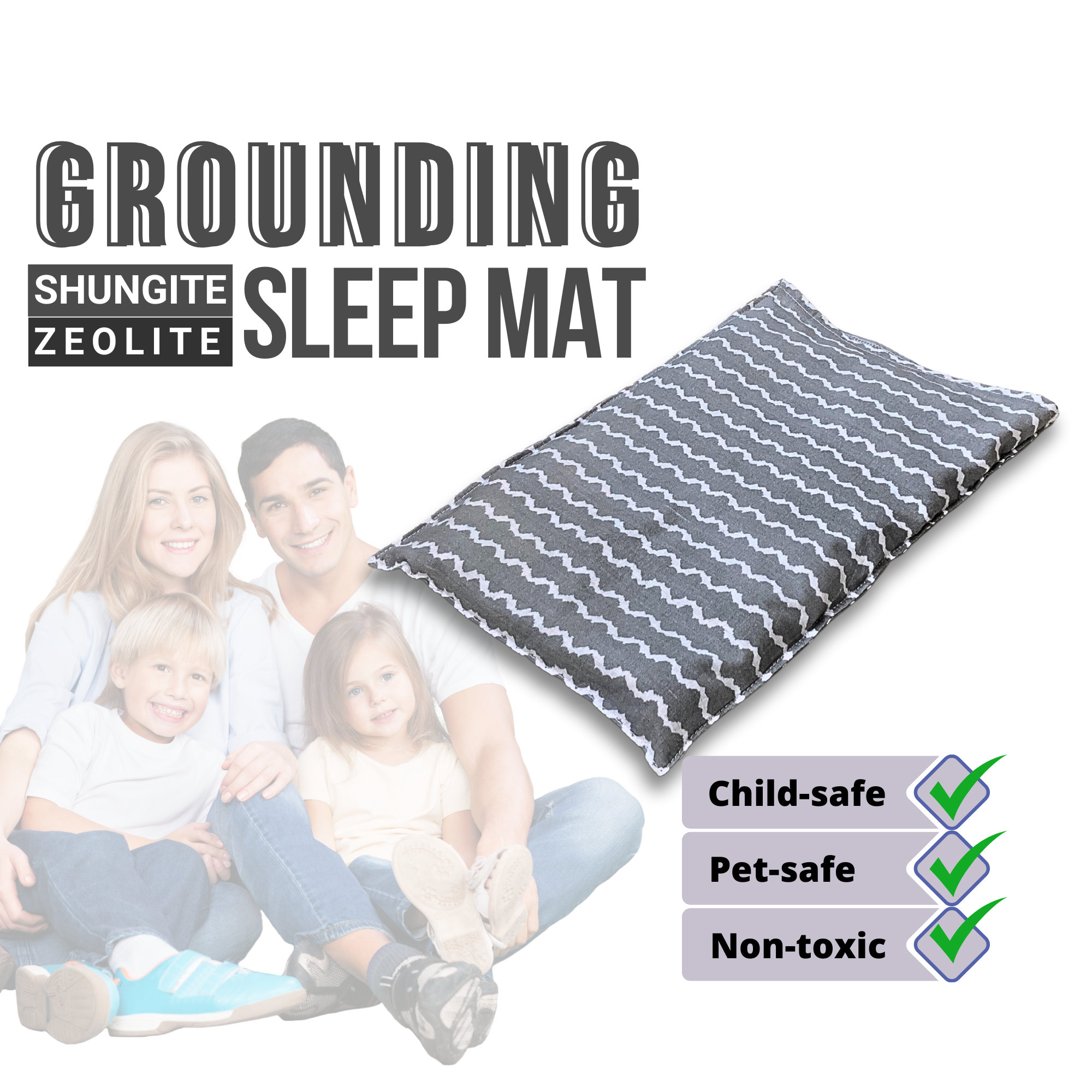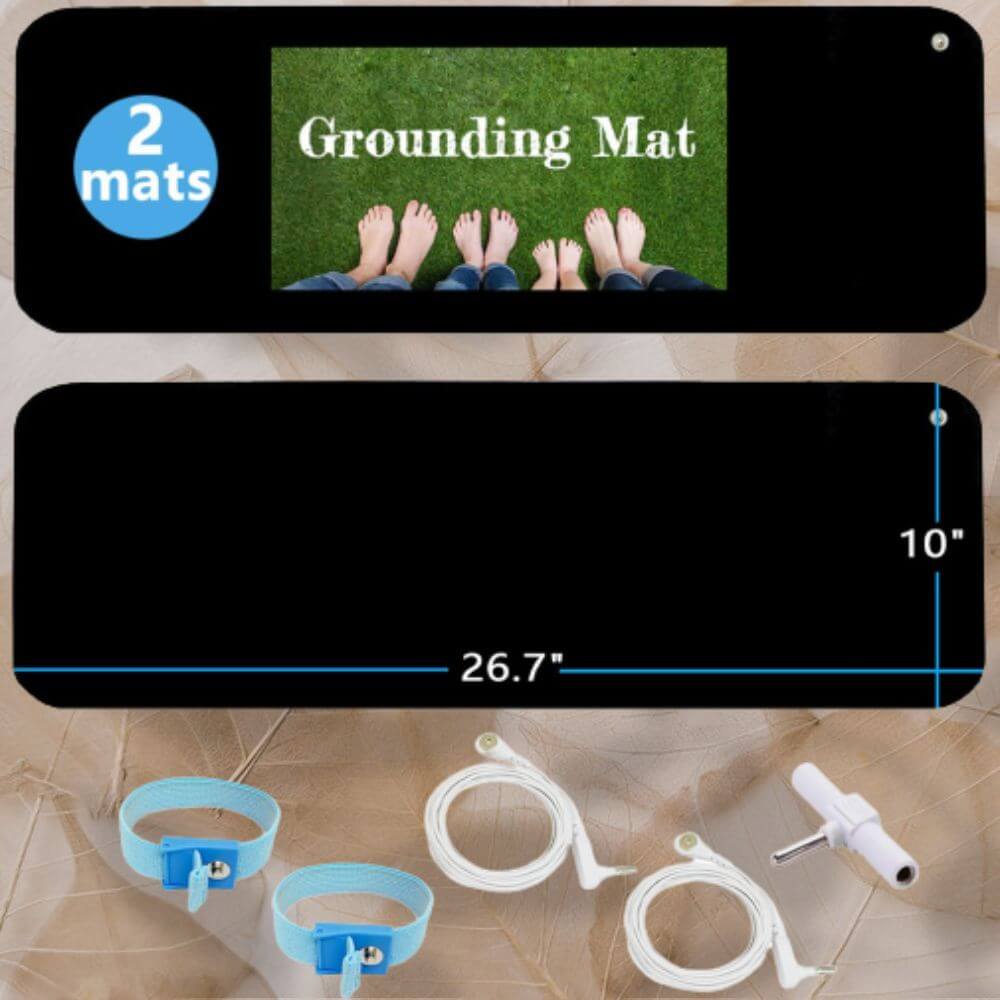What Is A Grounding Mat Made Of
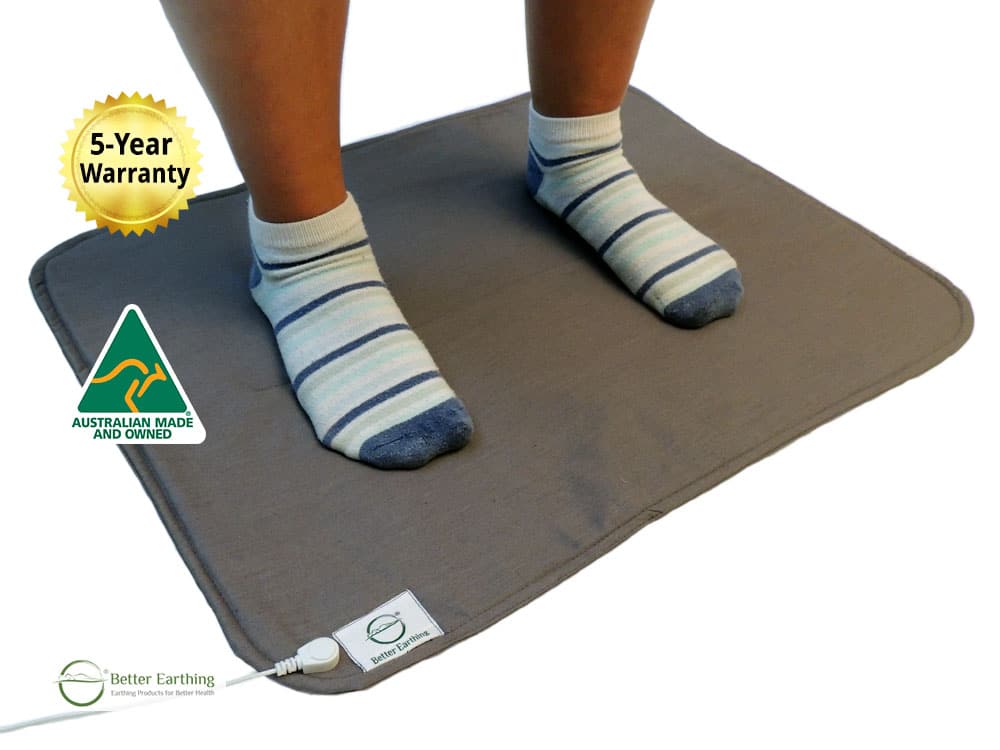
Grounding mats, also known as earthing mats, have gained popularity as a way to connect to the Earth's natural electrical charge. But what exactly are these mats made of and what materials contribute to their purported benefits?
The composition of grounding mats is crucial to their function, allowing for the transfer of electrons from the Earth to the user's body. Understanding the materials used is key to evaluating the effectiveness and safety of these products.
Core Components and Materials
Grounding mats are not simply made of a single material. Instead, they are typically constructed using a combination of conductive and non-conductive elements.
Conductive Layer: The Key to Earthing
The most important component of a grounding mat is its conductive layer. This layer is responsible for facilitating the flow of electrons from the Earth into the user's body.
Silver and carbon are the most commonly used conductive materials. These are incorporated into the mat in different forms.
Silver is often woven into the fabric or infused into the mat's surface, known for its high conductivity. Carbon, usually in the form of carbon fibers or particles, can also be integrated into the mat's material.
Non-Conductive Base Layer: Providing Structure and Comfort
Beneath the conductive layer lies a non-conductive base that provides structure, insulation, and comfort. This base prevents electrical shocks and ensures the mat is safe to use.
Materials like rubber, foam, or plastic are common choices for the base layer. These materials are selected for their durability, flexibility, and non-conductive properties.
The specific type of rubber, foam, or plastic used can vary depending on the manufacturer and intended use of the mat.
Construction and Manufacturing
The manufacturing process involves combining the conductive and non-conductive layers into a functional mat. This is often achieved through lamination or weaving techniques.
Lamination involves bonding the conductive layer to the non-conductive base using adhesives or heat. Weaving integrates the conductive fibers directly into the fabric structure of the mat.
Quality control is essential during manufacturing to ensure proper conductivity and safety. Testing is done to verify the electrical conductivity and insulation properties of the finished product.
Connecting to the Earth
Grounding mats need to be connected to a grounded electrical outlet for them to work. This is usually achieved using a cord with a specific plug that connects to the ground port of an outlet.
The connection allows the electrons from the Earth to flow through the cord and into the conductive layer of the mat. From there, the electrons can be absorbed into the user's body.
It is crucial to ensure that the electrical outlet is properly grounded before using a grounding mat. Improper grounding can render the mat ineffective and potentially dangerous.
Variations in Materials and Quality
Not all grounding mats are created equal. The quality and type of materials used can vary significantly between manufacturers.
Mats using higher quality materials such as pure silver and durable rubber tend to be more effective and longer-lasting. Conversely, mats using cheaper materials may have lower conductivity and shorter lifespans.
Consumers should carefully research the materials used in a grounding mat before making a purchase. Look for brands that provide detailed information about the composition of their products.
Potential Benefits and Considerations
While proponents of grounding mats claim various health benefits, the scientific evidence supporting these claims is still limited. Some studies suggest that grounding may reduce inflammation and improve sleep, but more research is needed.
Individuals with certain medical conditions or sensitivities should consult with a healthcare professional before using a grounding mat. It is also important to follow the manufacturer's instructions carefully to ensure safe use.
The materials used in grounding mats should be non-toxic and hypoallergenic. This reduces the risk of skin irritation or allergic reactions.
Conclusion
Grounding mats are constructed from a combination of conductive and non-conductive materials, with silver and carbon being common choices for the conductive layer. The quality of these materials directly impacts the mat's effectiveness and longevity.
Understanding the composition of a grounding mat can help consumers make informed decisions about their purchase. This ensures they select a product that is both safe and effective.
As research into the potential benefits of grounding continues, it is important to stay informed about the materials used in these products. This enables users to assess the validity of their claims.
